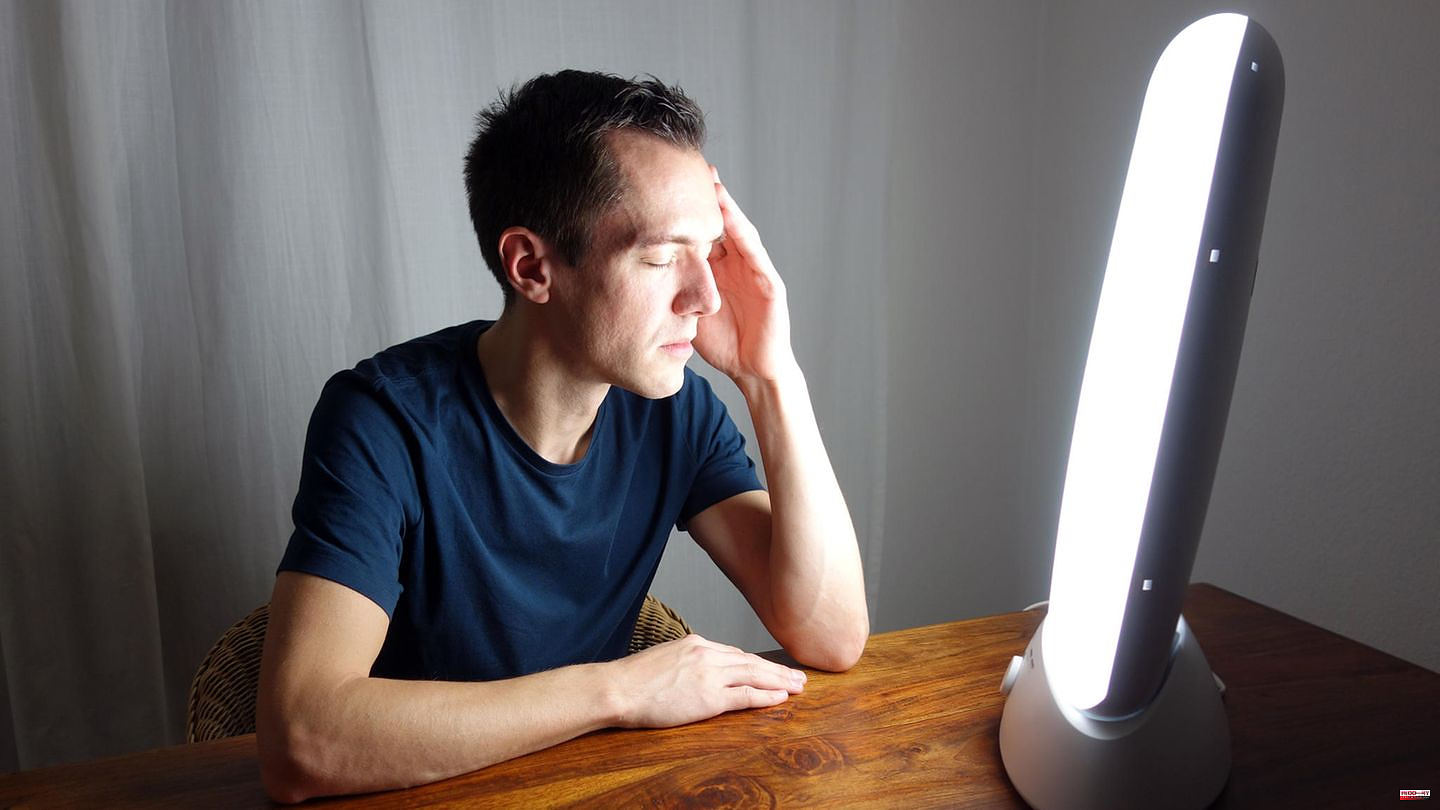Do you lack any drive in the dark season, are you constantly tired and have an increased craving for sweets? Then you may be suffering from winter depression, or SAD for short (Seasonal Affective Disorder). According to the German Depression Aid Foundation, one only speaks of seasonal depression "when symptoms of a depressive episode appear exclusively and repeatedly at a certain time of year, typically in autumn and winter". An important indication that you have SAD is the fact that your state of mind changes abruptly in the spring – when the days start getting longer and the hours of sunshine increase. But what is the reason for this and how can you counteract the bad mood?
Our inner clock is controlled by two different hormones: When there is daylight, the body releases more serotonin, a messenger substance that can be understood as a kind of endogenous antidepressant – also known as the happiness hormone. It lifts spirits and helps us function better. When it gets dark outside, our body converts serotonin into melatonin: a sleep hormone that controls the day-night rhythm. So it makes us tired if it is poured out in excess so that we can sleep. That's the theory. But what does all this have to do with winter depression?
In the autumn and winter months, daylight decreases rapidly, both in duration and intensity. Due to the increasing darkness, the body produces more melatonin, which inevitably means that many people have difficulty getting out of bed and are also permanently tired during the day. If the melatonin level is particularly high, seasonal depression can occur. In other words, you constantly feel lacking in energy, unbalanced, grumpy, sad or even hungry. The bad news is: This condition lasts until spring. The good news is that light therapy can significantly improve your mood. Completely without medication.
As the name suggests, the therapy is based on artificially generated light, which – from a purely physical point of view – was modeled on sunlight. For the treatment you need a so-called daylight lamp with an illuminance of at least 2,500 lux. That's how much light you would absorb on a normal day in spring if you look out of the window, even up to 10,000 lux in summer. For comparison: an ordinary room lamp only creates 300 lux to 500 lux. It has even been scientifically proven that people with SAD got much better with regular radiation. This was sometimes due to the fact that their serotonin levels increased. If you have inserted the lamp correctly. You can read more about this in the next paragraph.
As already mentioned, you need a daylight lamp with at least 2,500 lux for the irradiation - but an illuminance of 10,000 lux would be even better. There is a timing reason for this: the less lux, the longer the treatment takes. In other words, the length of time you have to sit in front of the lamp decreases as the illuminance increases. If the daylight lamp is 10,000 lux, it takes about 30 minutes a day. If it only has 2,500 lux, you have to plan two hours. For the treatment, place the lamp about half a meter in front of you so that your eyes can absorb as much light as possible. You can also read, write or eat during this time.
To lower melatonin levels during the day, it is best to use the daylight lamp as soon as you get up, ideally between 5:30 and 8:00 am. This boosts serotonin production and automatically gives you a better start to the day. It is important that you now and then look directly into the light for a few seconds so that it can fall on your retina. Before you do that, however, you should have your eyes checked if necessary. Because even if daylight lamps have a UV filter and no negative effects from light therapy are known to date, it is safer for people with age-related eye diseases if they consult a doctor beforehand.
If you use the daylight lamp regularly, you will usually see a noticeable improvement after a few days. After two weeks at the latest, you should feel significantly fitter, more alert and more balanced. If your mood is still not improving after 14 days, it may be due to the light level - increase the intensity (if possible) and duration of the treatment, alternatively use the lamp again in the evening. If the therapy does not work at all, you should speak to your doctor.
If you have the symptoms mentioned above, but not only in the dark season, it may well be that you do not suffer from short-term depression. If you don't feel like your mood swings are seasonal, it's a good idea to consult a doctor before committing to a daylight lamp. While light therapy has been scientifically proven to work for people with SAD, it doesn't work for people with seasonal depression. Furthermore, it can happen that you get headaches or dry eyes from a daylight lamp. In this case, you can continue the therapy, but you should shorten the sessions.
Unfortunately, statutory health insurance does not usually support the purchase of a daylight lamp, in most cases not even if you have the light therapy carried out in a doctor's practice - although there are certainly exceptions. However, since you can get cheap models with 10,000 lux from 30 euros, the purchase is not quite as expensive. Of course, you can also spend 150 euros for a daylight lamp, but this can usually no longer, but has a few technical gimmicks such as a dimmer or a tilt adjustment. So you might as well go with a cheaper model.
Note: This article contains general information and cannot replace a doctor's visit.
This article contains so-called affiliate links. There is more information here.












